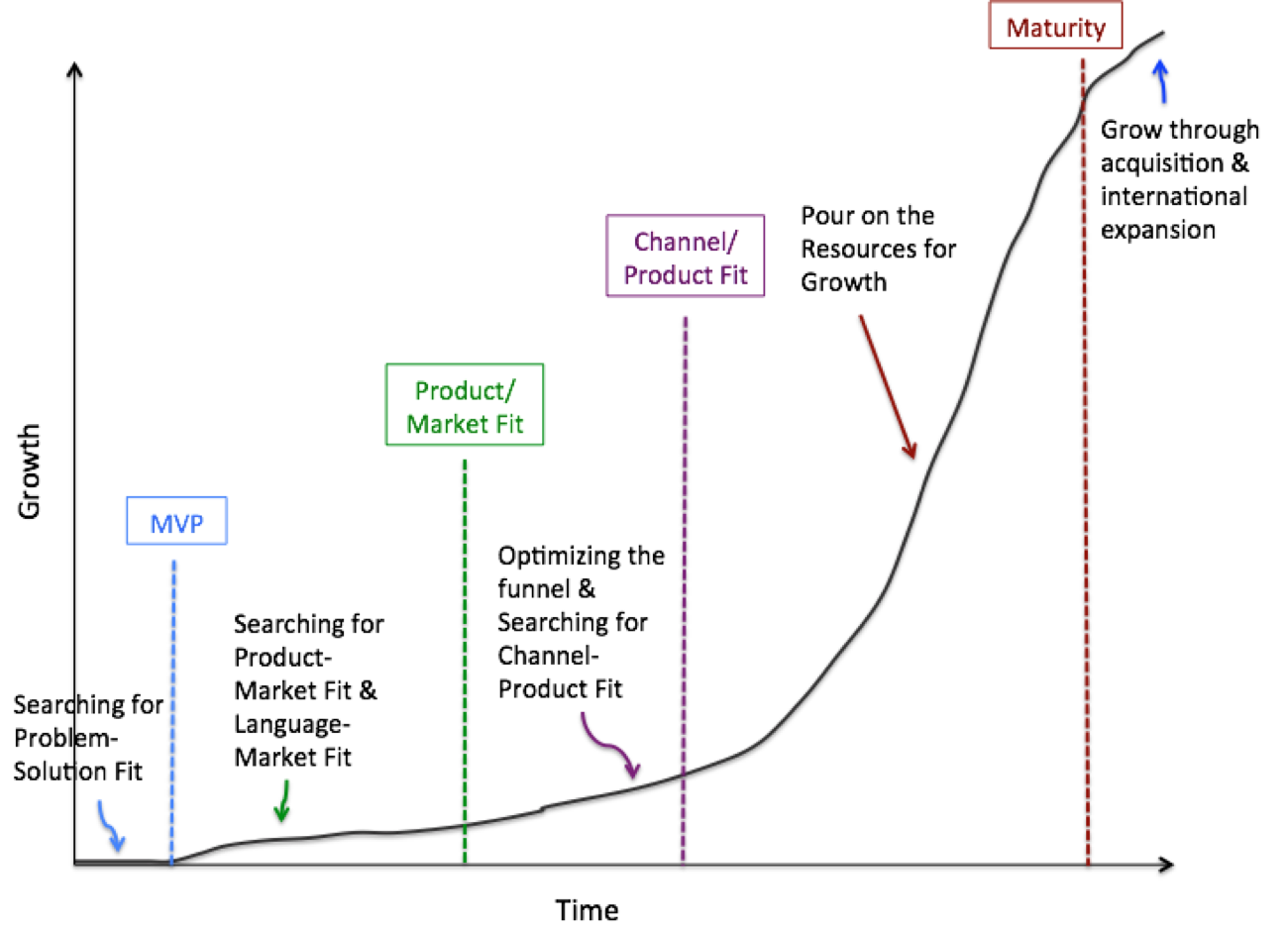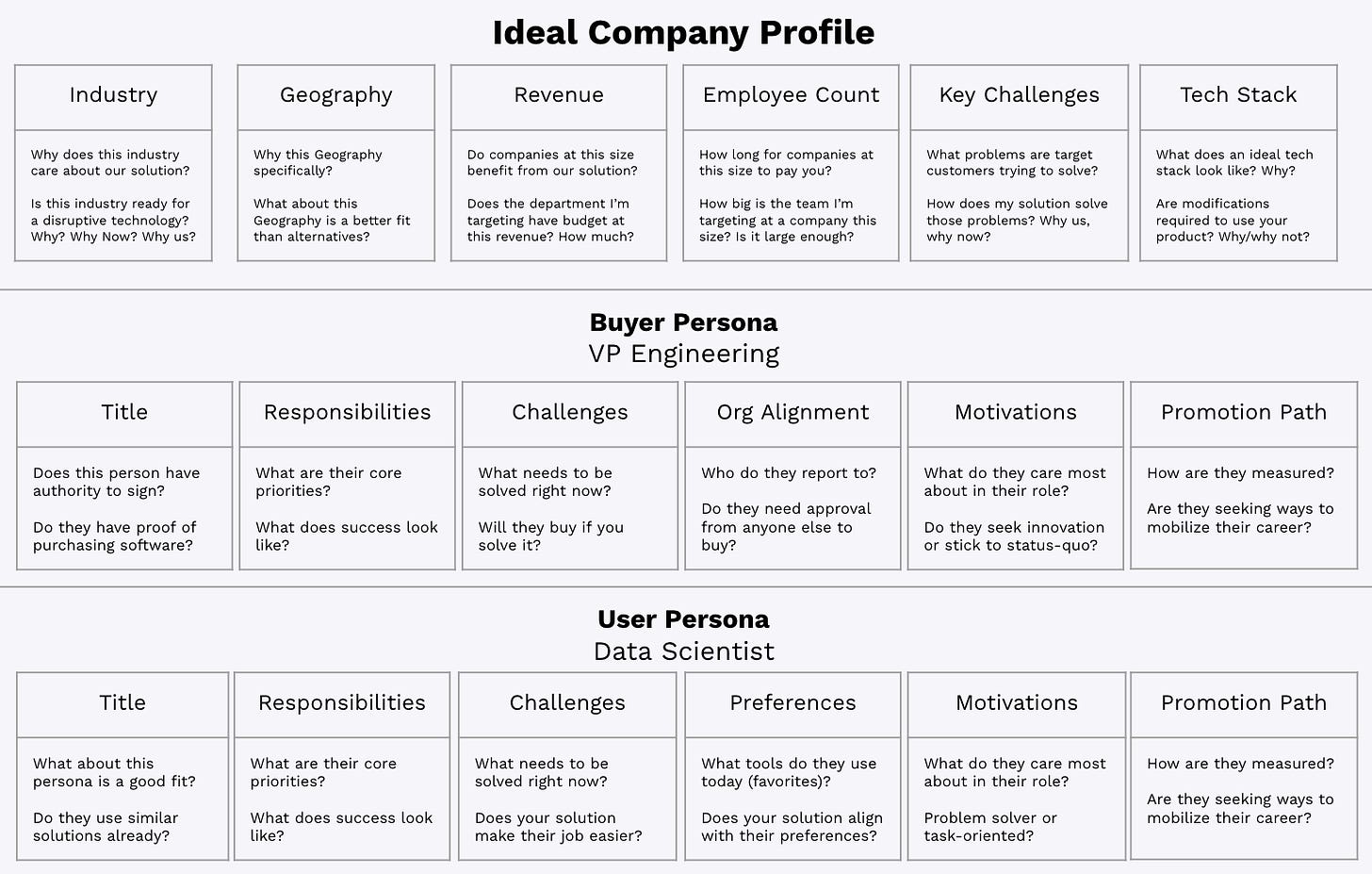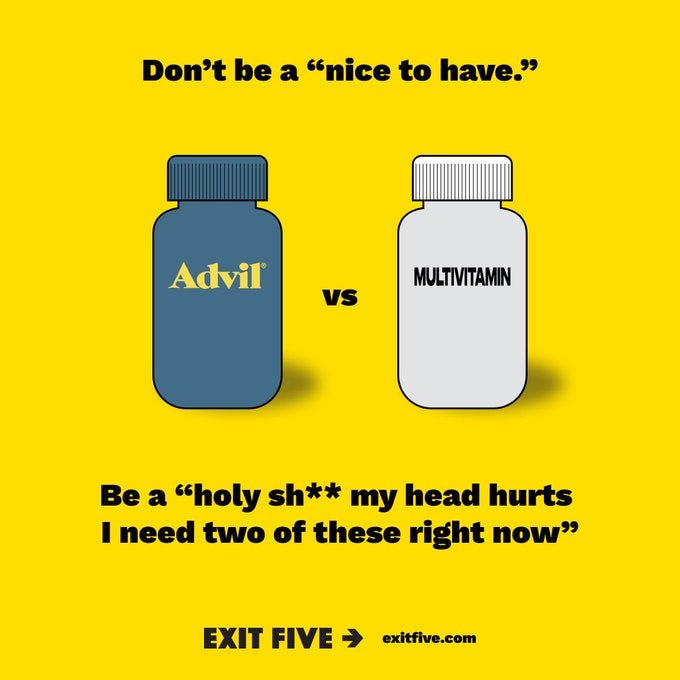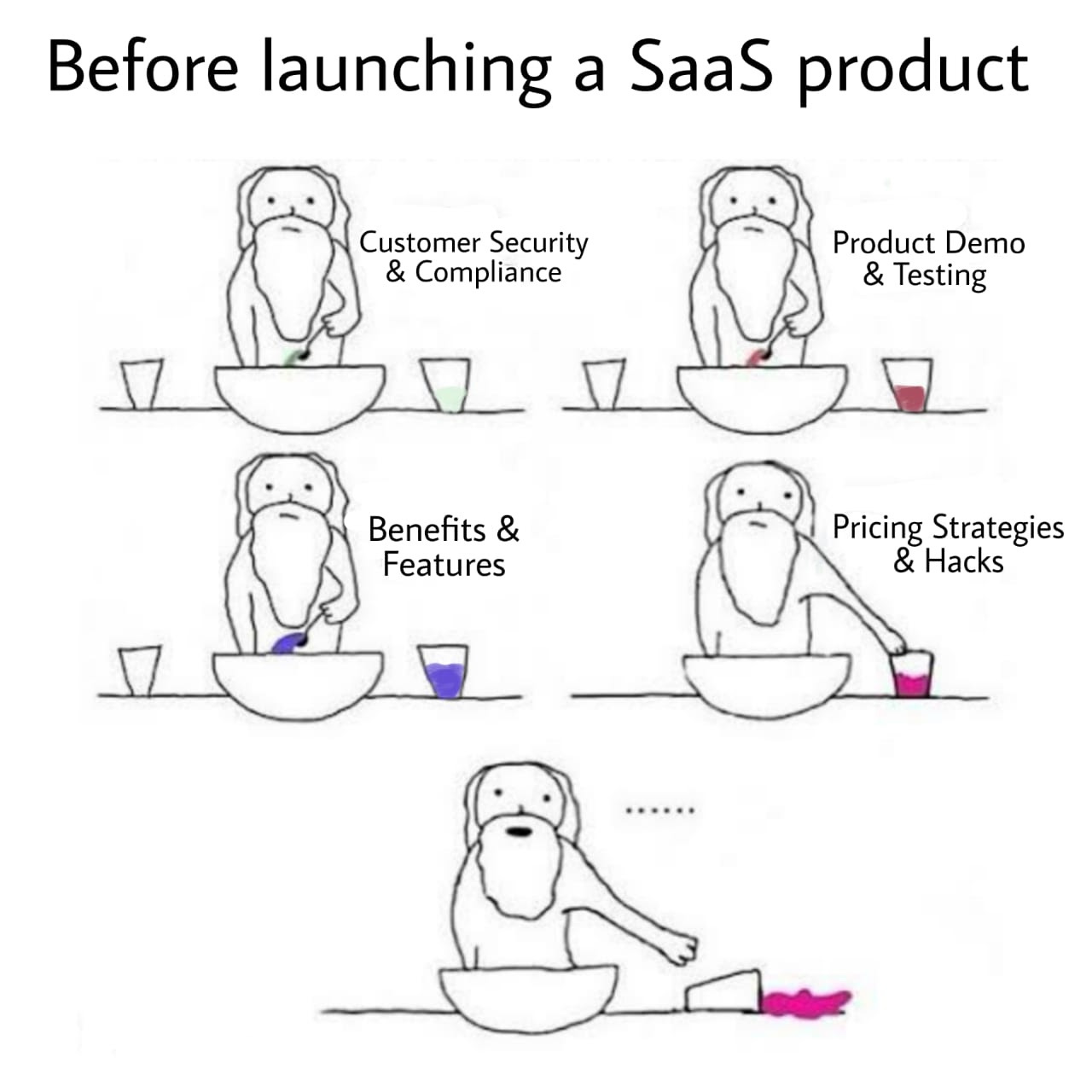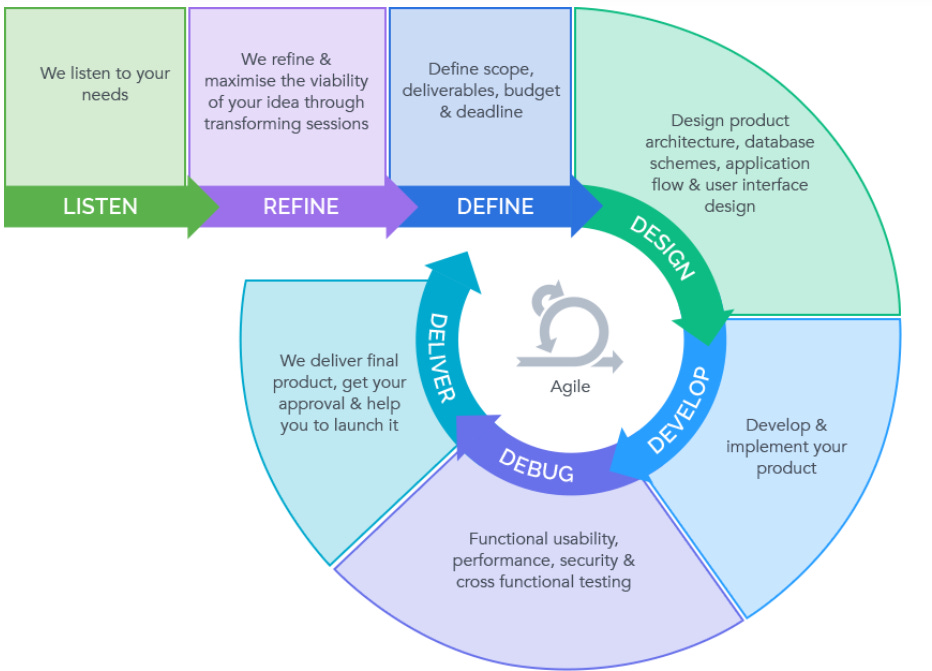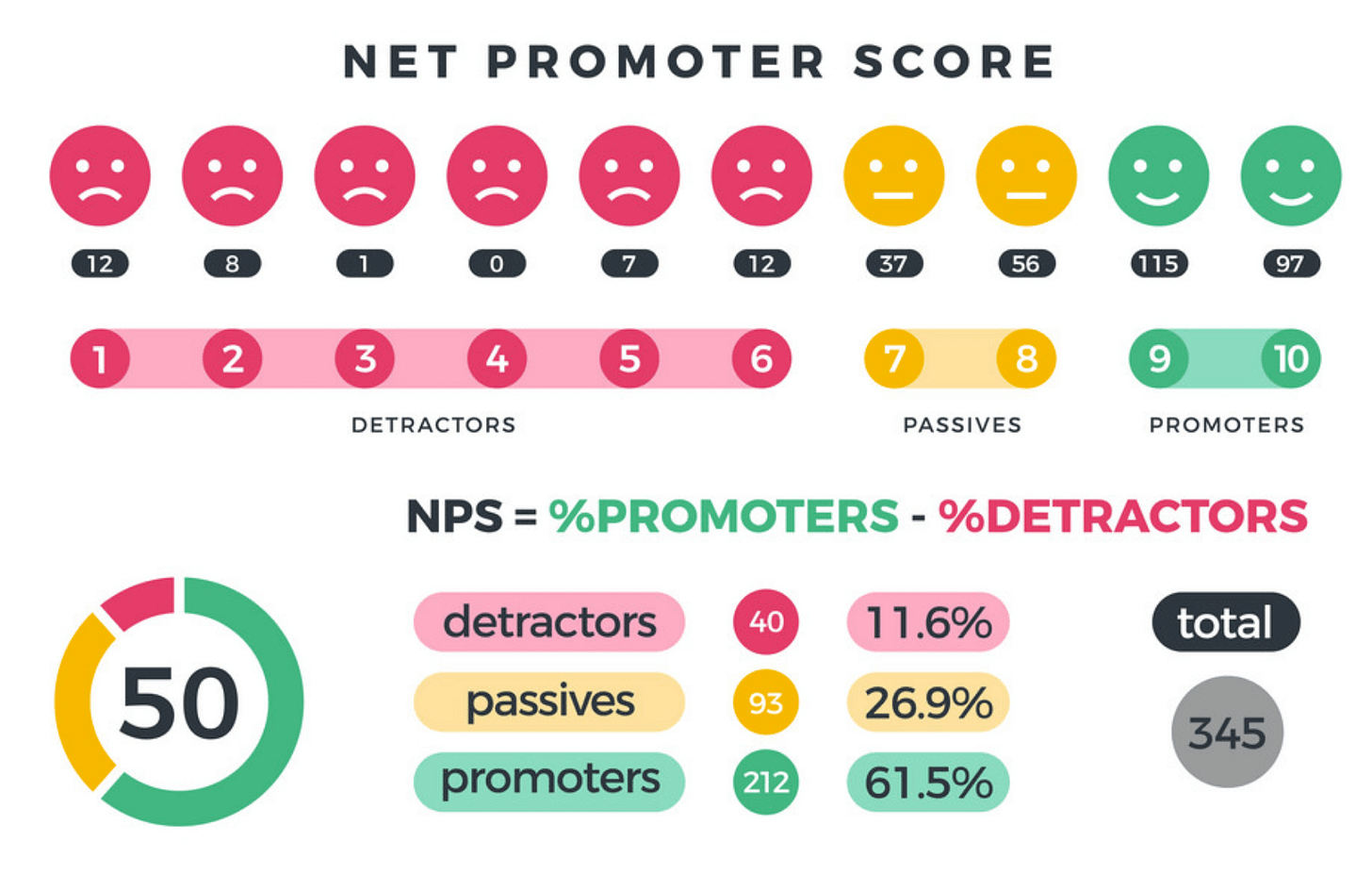How to get to Product Market Fit: what it is, step by step guide and success cases like Notion, Canva and Stripe
Debunking the myth of PMF
The following is going to be covered in today’s newsletter:
What is Product Market Fit and how to recognize it
How to get to Product Market Fit
Showcase of successful startups achieving Product Market Fit
Today, I’m pleased to have
writing a guest post.He is a Venture Capital Investor at Gohub Ventures, an early-stage SaaS B2B Venture capital fund that invests in great companies in Europe and the USA.
In his free time, he writes about Startups and Venture Capital for over 5,000 founders, investors, and product managers in his newsletter Product Market Fit. I recommend you to check and subscribe if you like it :)
He has also built The Founder Toolbox, the most useful library for the early stage founder 📚
Now, let’s get into it!
1st. What is Product Market Fit and how to recognize it
If we go to basics, the definition is simple: selling a product that the market wants/needs.
This is simple but still important. Bear with me. Just because the market needs/wants a product, it doesn’t mean that having PMF will make your company grow exponentially without you having to do anything else.
So, for example, let’s talk about a commodity like water. Everyone drinks and needs water, so if you start a water company, you immediately get to PMF. However, to sell it, you’ll still have to find a distribution channel, invest a lot in marketing to differentiate yourself and start getting some customers. Because the market is so mature, it will be hard to grow and make money from a water company. You can have product market fit, but you must sell your product.
So, what is the point of getting to product-market fit? Well, if you are a startup, you are likely selling a product for which there is no clear need. You are solving a problem in a way nobody has before, so you have to get to the point where your product is as wanted/needed as water can be. Once you get there, it’s time to invest in marketing it. If the product is a market maker, it will have the potential to grow way faster than you can grow a water company.
There is a lot of literature about recognizing product market fit, but I found Tristan Kromer’s definition accurate.
“Product/Market Fit is sufficient demand in a defined marketplace to allow the efficient expenditure of capital (human or financial) to scale company processes such as marketing.
There are three key components to product market fit – value proposition, customer segment, and pricing. Once product-market fit has been established, none of these three areas will require further iteration. They will need to be reviewed occasionally but are set for at least the first phase of the company's growth.”
2. How to get to Product Market Fit
1st. Find a niche
Identify a problem that a set of homogeneous companies shares. Identify that set of companies and define your ideal company profile by industry, geography, revenues, employee count, key challenges, and tech stack. You can then set your Buyer Persona and your user persona.
2nd. Make sure the problem is so big that they are desperate to solve it
3rd. Build a solution that does a good job solving that problem - start customer experience first and think about the huge benefits you are bringing to your customers
4th. Set a pricing and validate it
You can read all about pricing on this classic Hubspot Blog.
5th. Iterate product
If you don’t know about agile read this.
6th. Measure
Follow the Pirate Metric Framework coined by Dave Mclure
1. Acquisition – how well are you getting customers to your site or app?
Segment your audience - ensure you target the people who get value from your product.
Figure out what’s unique about the users that stick around and those that churn
Find the critical actions they take and milestones they reach that unlock the product's value.
Bake those actions into the experience and push as many users as possible to take those actions or hit those milestones – this will drive up activation, conversion, and retention.
2. Activation – are your customers having a great ‘first run’ experience?
3. Retention – how often are your customers coming back?
Survey users to understand how they feel about your product
Use Sean Ellis’ test for product-market fit – if 40% or more of your users say they would be very disappointed if your product were taken away, that is a good indicator of product-market fit.
Measure retention rates and look for a stabilizing rate over time. What’s a good retention rate? It depends on the model and vertical.
4. Referral – are they telling others about your product?
Measure Net Promoter Score (NPS) – if it’s a 9 or a 10, you’re in good shape
5. Revenue – are they paying for your service? Are you able to monetize your customers?
8th. Iterate & do it all again
3. Business case of successful startups achieving Product Market Fit
Now, let’s look at the data. How fast do companies really get to PMF, and how do they keep growing?
Keep reading with a 7-day free trial
Subscribe to The VC Corner to keep reading this post and get 7 days of free access to the full post archives.








